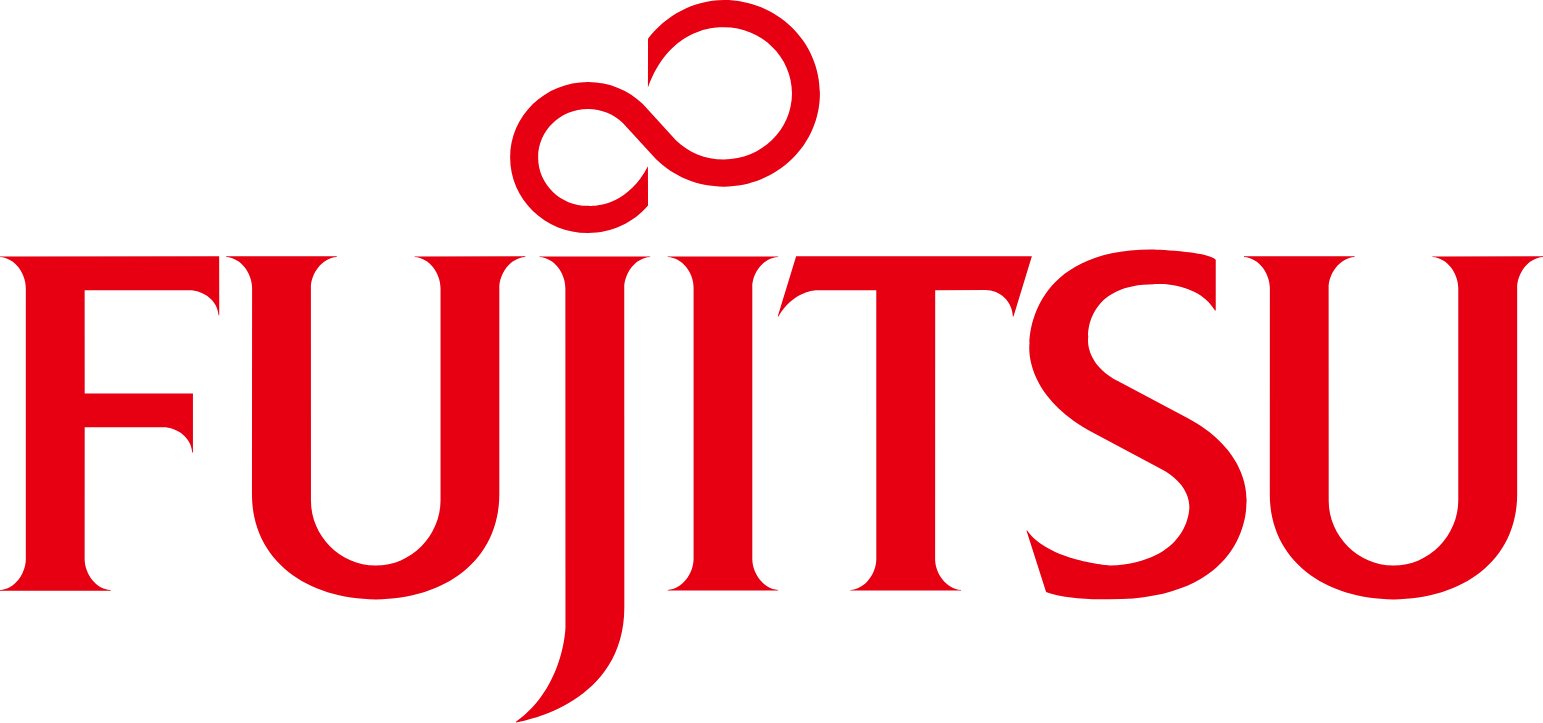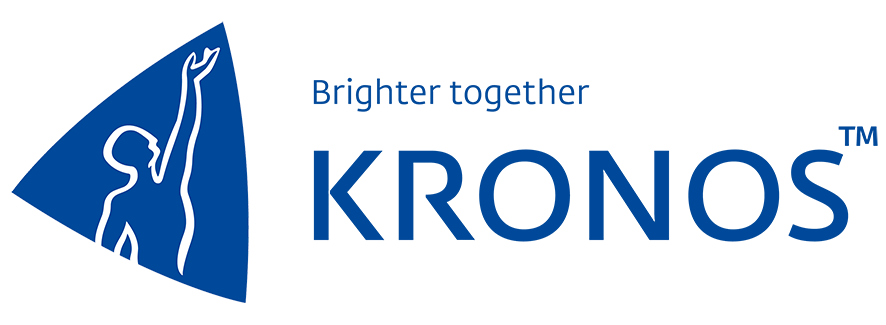Data Loss Prevention and Protection Protocol Checklist
Establishes procedures to identify, classify, and safeguard sensitive data to prevent unauthorized access or loss. Defines roles, responsibilities, and guidelines for encryption, backups, and incident response. Ensures secure handling, storage, and disposal of confidential information.
Data Classification
FAQ
How can I integrate this Checklist into my business?
You have 2 options:
1. Download the Checklist as PDF for Free and share it with your team for completion.
2. Use the Checklist directly within the Mobile2b Platform to optimize your business processes.
How many ready-to-use Checklist do you offer?
We have a collection of over 5,000 ready-to-use fully customizable Checklists, available with a single click.
What is the cost of using this Checklist on your platform?
Pricing is based on how often you use the Checklist each month.
For detailed information, please visit our pricing page.
What is Data Loss Prevention and Protection Protocol Checklist?
Data Loss Prevention (DLP) and Protection Protocol Checklist:
- Data Classification: Categorize data into confidential, sensitive, or public based on its business value.
- Access Control: Implement role-based access control to restrict who can view, edit, or delete data.
- Encryption: Encrypt sensitive data both in transit and at rest using industry-standard encryption protocols (e.g., SSL/TLS, AES).
- Data Backup: Regularly back up critical data and store backups securely offsite.
- Security Awareness Training: Educate employees on data protection best practices and the consequences of data breaches.
- Incident Response Plan: Develop a plan to respond to potential data security incidents.
- Regular Security Audits: Perform regular vulnerability assessments and penetration testing to identify and address security weaknesses.
- Secure Data Disposal: Properly dispose of outdated or unnecessary data using secure methods (e.g., degaussing, shredding).
- Compliance with Regulations: Ensure adherence to relevant data protection laws and regulations (e.g., GDPR, HIPAA).
- Continuous Monitoring: Regularly monitor systems and networks for potential security threats.
- Data Loss Prevention Tools: Implement DLP tools to detect and prevent unauthorized data transmission or storage.
- Secure Remote Work Practices: Establish secure practices for remote work, including secure access controls and encryption.
- Third-Party Risk Management: Assess and mitigate risks associated with third-party vendors who handle sensitive data.
- Data Retention Policy: Establish a clear data retention policy to ensure sensitive data is not stored longer than necessary.
- Secure BYOD Policies: Develop policies for Bring Your Own Device (BYOD) that ensure secure access to company resources on personal devices.
How can implementing a Data Loss Prevention and Protection Protocol Checklist benefit my organization?
Implementing a Data Loss Prevention and Protection Protocol Checklist can benefit your organization in several ways:
- Reduces risk of data breaches by identifying vulnerabilities and potential threats
- Enhances compliance with regulatory requirements through standardized procedures
- Improves incident response times by having a clear plan in place
- Protects sensitive information from unauthorized access or disclosure
- Ensures consistency across departments and teams through standardized protocols
What are the key components of the Data Loss Prevention and Protection Protocol Checklist?
Data Encryption, Access Control, Authentication, Secure Storage, Regular Backups, Incident Response Plan, Data Classification, Compliance and Governance, Monitoring and Logging, Secure Disposal.
Backup and Recovery
Access Control
Encryption
Data Storage and Disposal
Incident Response
Training and Awareness
Compliance and Auditing
Expense Reduction
 34%
34% Development Speed
 87%
87% Team Productivity
 48%
48% Generate your Checklist with the help of AI
Type the name of the Checklist you need and leave the rest to us.
 Made in Germany
Made in Germany Fair Pricing Policy
Fair Pricing Policy




























 Certified Security and Data Protection
Certified Security and Data Protection Active Support and Customer success
Active Support and Customer success Flexible and Fully customizable
Flexible and Fully customizable